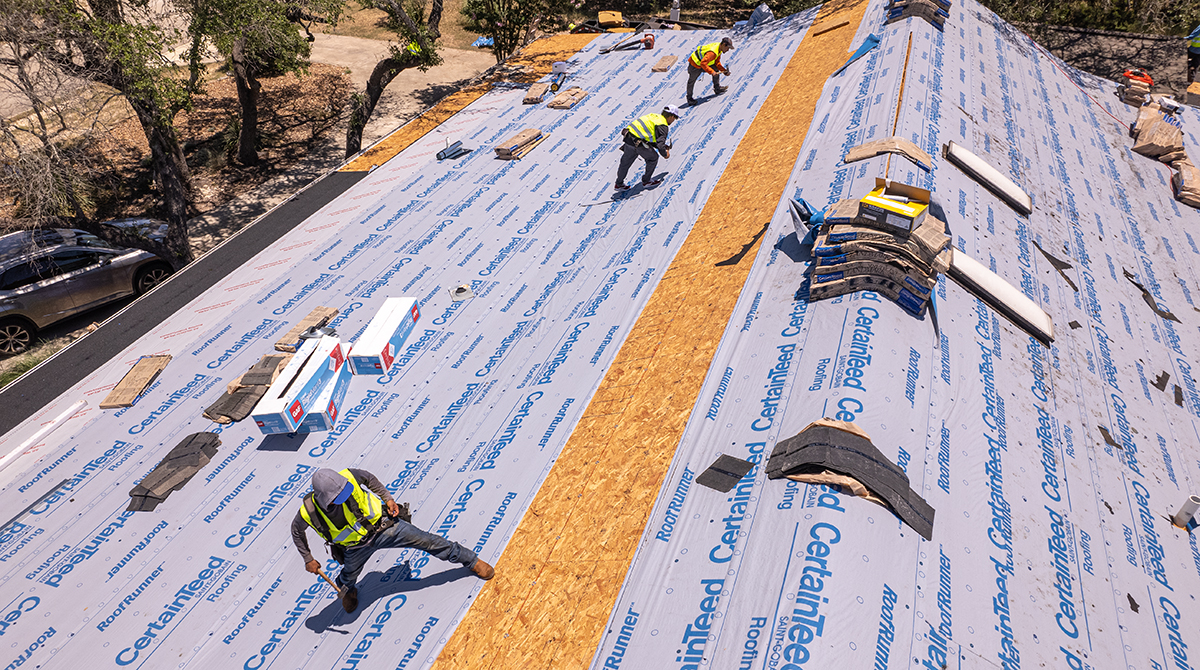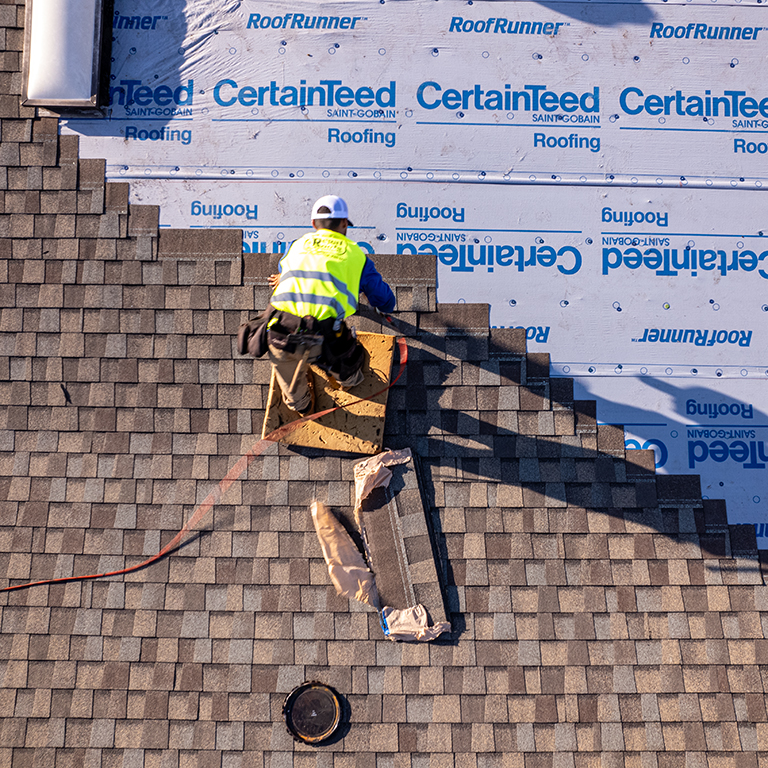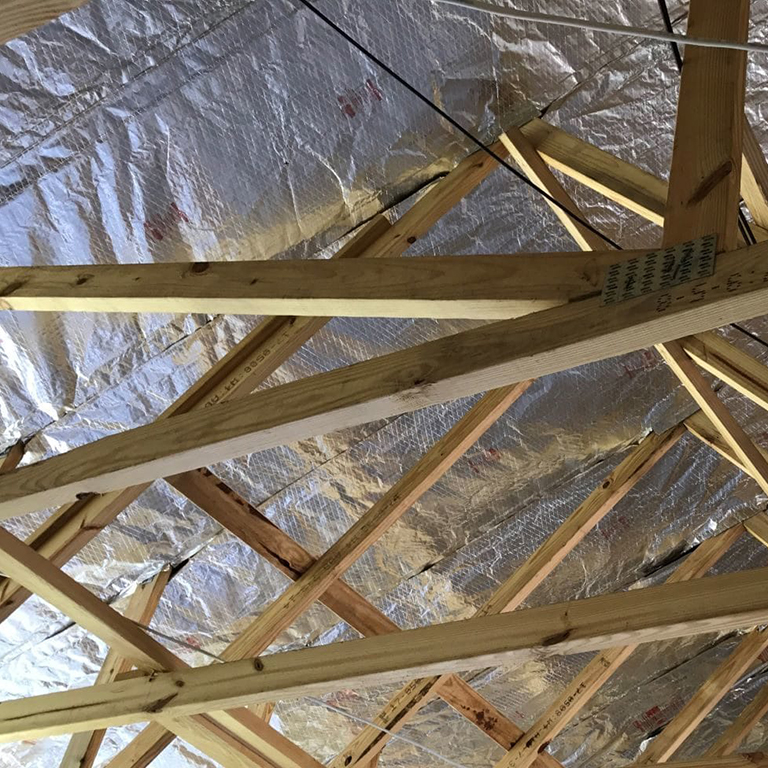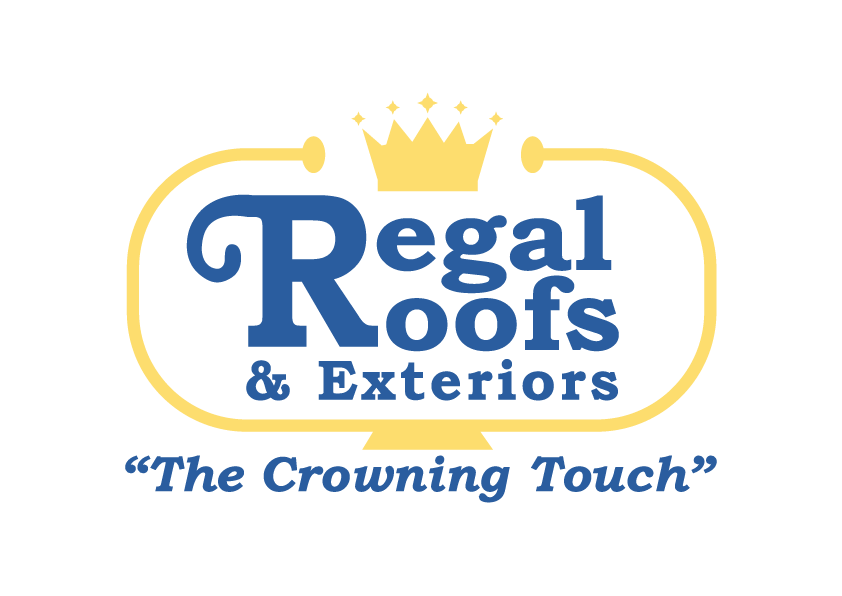
Radiant Barriers
Radiant barriers are an essential component of energy-efficient homes, providing several key benefits:
Heat Reduction: Radiant barriers help to reduce the amount of radiant heat that enters the home from the sun. They reflect radiant heat away from the interior of the house, keeping the indoor temperature cooler, especially during hot summer months. This helps to decrease the load on air conditioning systems and reduces energy consumption for cooling.
Energy Efficiency: By reducing the amount of heat entering the home, radiant barriers contribute to improved energy efficiency. Homeowners can experience lower energy bills since their air conditioning systems won't need to work as hard to maintain a comfortable indoor temperature.
Increased Comfort: With less heat penetrating the home, occupants can enjoy a more comfortable living environment. Rooms stay cooler and more pleasant, even during peak summer temperatures, enhancing overall comfort levels for residents.
Extended Roof Lifespan: Radiant barriers can also help to prolong the lifespan of roofing materials by reducing the temperature fluctuations experienced by the roof. By minimizing thermal stress, radiant barriers can prevent premature deterioration of roofing materials, potentially saving homeowners money on roof repairs and replacements.
Environmental Benefits: Reduced energy consumption associated with radiant barriers translates into lower greenhouse gas emissions, contributing to a more sustainable and environmentally friendly home.
In summary, radiant barriers play a crucial role in improving energy efficiency, enhancing comfort, and prolonging the lifespan of roofing materials in residential homes. Incorporating radiant barriers into a home's construction or retrofitting existing homes with them can lead to long-term benefits for homeowners and the environment alike.
Radiant barriers for roofs come in various types, each with its own characteristics and installation methods. Here are some common types of radiant barriers used for roofs:
Reflective Foil Radiant Barriers: Reflective foil radiant barriers consist of a layer of reflective material, such as aluminum foil, laminated to a substrate material like kraft paper or plastic film. These barriers reflect radiant heat away from the roof, helping to keep the attic space and the rest of the home cooler. Reflective foil barriers are typically installed in attics, either stapled to the underside of the roof rafters or laid on top of the attic insulation.
Radiant Barrier Paints and Coatings: Radiant barrier paints and coatings contain reflective pigments that reflect radiant heat away from the roof's surface. These paints can be applied directly to the underside of the roof decking or to the attic insulation. While not as effective as foil radiant barriers, radiant barrier paints can still help reduce heat transfer and improve energy efficiency.
Radiant Barrier Sheathing: Radiant barrier sheathing is composed of plywood or oriented strand board (OSB) with a layer of reflective foil laminated to one side. This type of radiant barrier is installed as roof decking during construction or roof replacement. Radiant barrier sheathing helps to block radiant heat from entering the attic space through the roof, contributing to lower attic temperatures and reduced energy consumption.
Radiant Barrier Bubble Wrap: Radiant barrier bubble wrap consists of a layer of reflective foil laminated to bubble wrap material. This lightweight and flexible radiant barrier can be installed in attics as an alternative to foil radiant barriers. It is typically stapled to the underside of the roof rafters or laid on top of attic insulation.
Each type of radiant barrier has its advantages and considerations, and the choice depends on factors such as budget, installation requirements, and desired performance. Consulting with a professional roofing contractor can help determine the most suitable radiant barrier solution for your specific needs and circumstances.



